Camus is the fifth largest producing house in the Cognac AOC. They are also the largest house that is still owned by the descendants of their founder. Dating back to 1863, a winegrower by the name of John-Baptiste Camus moved to Château du Plessis in Borderies. He started by distilling his wine and selling to other merchants before eventually deciding to expand. However, he didn’t have the large stocks needed to really strike out on his own. He decided to start a collective with several other growers/producers. Their goal was to sell the best possible eau-de-vie they could. They named the company La Grande Marque and combined all their back stocks together. The company turned out to be highly successful and marketable. By 1870 their Cognac was already being enjoyed in London with high regard. Soon, Jean-Baptiste turned his attention to the Russian market, as well. In 1890, he bought out his partners and began to run the company himself renaming it Camus La Grande Marque. Upon his death in 1898, his two sons, Edmond and Gaston, took over the company and the name officially changed to Camus, exclusively.
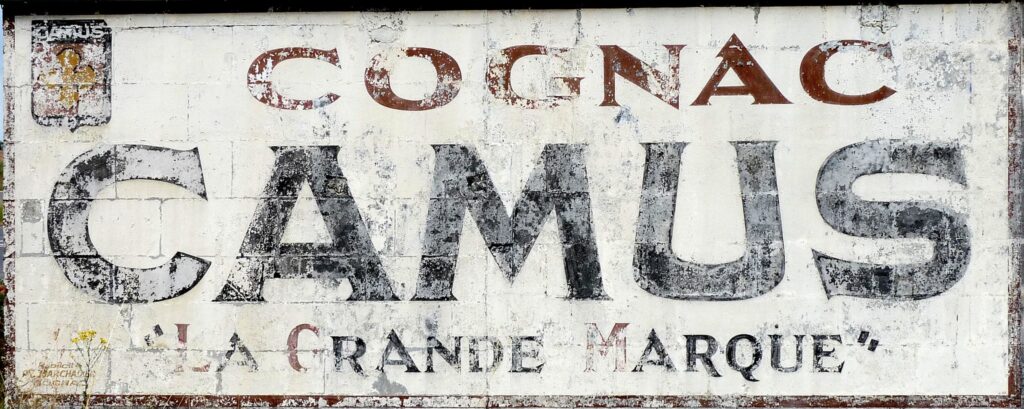
Edmond worked as the cellar master while Gaston increased their international business. Apparently, he regularly met with Czar Nicholas II in Russia for hunting trips. The Czar liked him so much that he made Camus the official Cognac of the Royal Family. It was all coming up roses for them until the Russian Revolution in 1917. Immediately there was no more business in Russia for them. The several large shipments they had sent out were never paid for, either. It drove the company almost to bankruptcy. It took Michel, the son of Edmond who took over in 1932, almost 27 years to regain access to Russia and sell there once again. He was relentless in his drive to increase international business. However, after visiting Asia in the 1960’s and seeing the Duty-Free stores as an open market for Cognac, his greatest achievement was forthcoming. He struck up a deal with the American company to sell Camus Cognac in the Duty-Free stores. They released a special designer bottle made of porcelain that looked like a book and had Napoléon’s bust on it (for his 200th birthday). The success was immediate and there were to be ten more of these porcelain books released over the years of various designs. Camus grew in Asia, especially Japan, as they had a passion for collecting Cognac bottles.
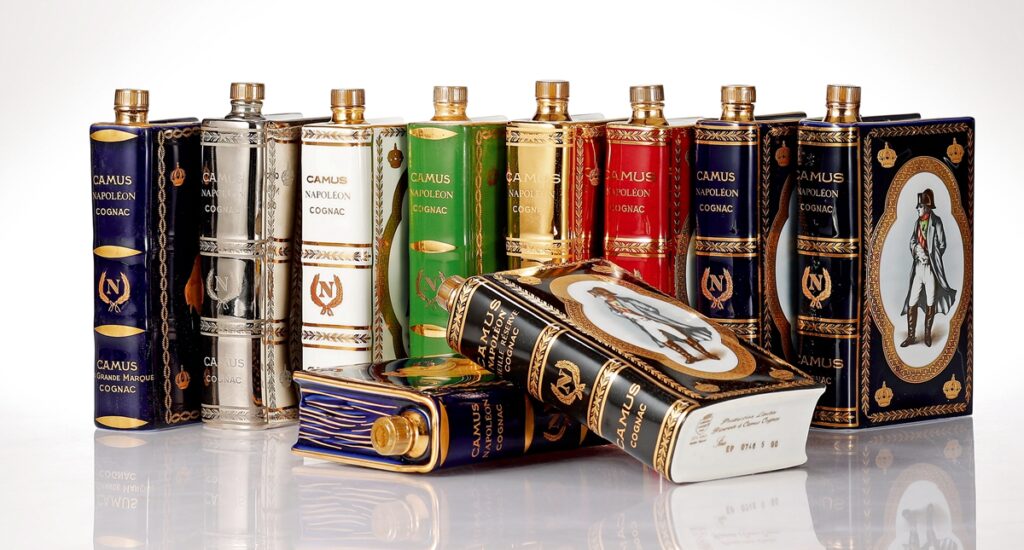
Image from Xiling Yinshe Auction Co.
Philippe and Jean-Paul were the fourth generation to take control of Camus. Philippe focused on sales within France and distribution while Jean-Paul continued the international expansion. They began promoting their brand through sporting events, which was unheard of at the time. Their first contract was with the World Cup in Argentina in 1978. Their biggest accomplishment, perhaps, is that they avoided being bought by a multinational company. All of the larger brands began to be acquired by foreign money, but Jean-Paul, being a winegrower himself, wanted to keep close, personal relationships with his fellow winegrowers and suppliers.
Today, Jean-Paul lives in the family house by his vineyards in Borderies called La Gîte while one of his son’s, Cyril, is the now in charge of Camus. Exporting is still a high priority of the company, but Cyril is also interested in innovation, to keep up with the competition, and diversifying their brand, by including some wine, champagne, and coffee in their portfolio.
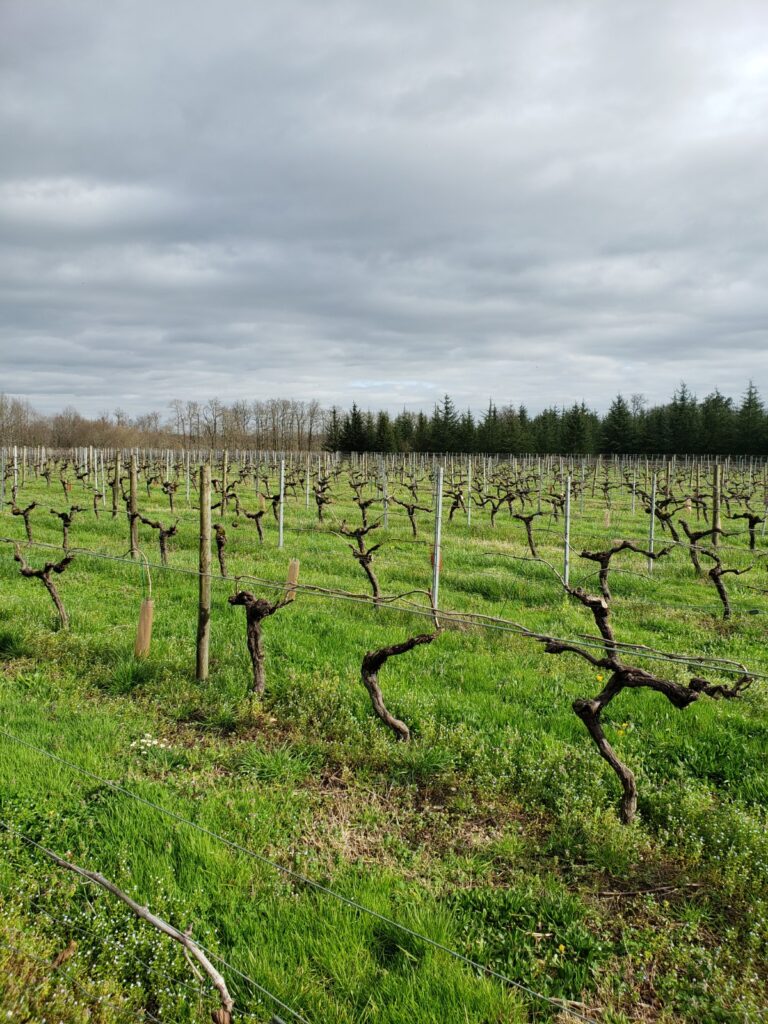
Camus owns the largest number of vines in Borderies compared to any other house, currently around 450 acres. They have contracts with growers in every other cru who supply them with the rest of the wine needed to meet production. Some of these contracts also provide eau-de-vie, distilled to Camus specifications, ready to be aged. Once the grapes are picked, they’re usually pressed within two hours to maintain optimal freshness. Camus has three different yeast strains that can be used when the wine is fermented depending on the aromas they want to focus on and from which cru the grapes are coming from. The juice is then held in temperature-controlled ferment tanks for six days at about 71-78 degrees F. Camus owns just one distillery with nine pot stills located in Borderies. All of their eaux-de-vie is distilled on the lees and aged in Limousin oak. However, they choose finer grained wood with lower tannins and incorporate a very light toasting of the barrels. They don’t use any boisé or add sugar, however caramel coloring is used in small amounts as needed.

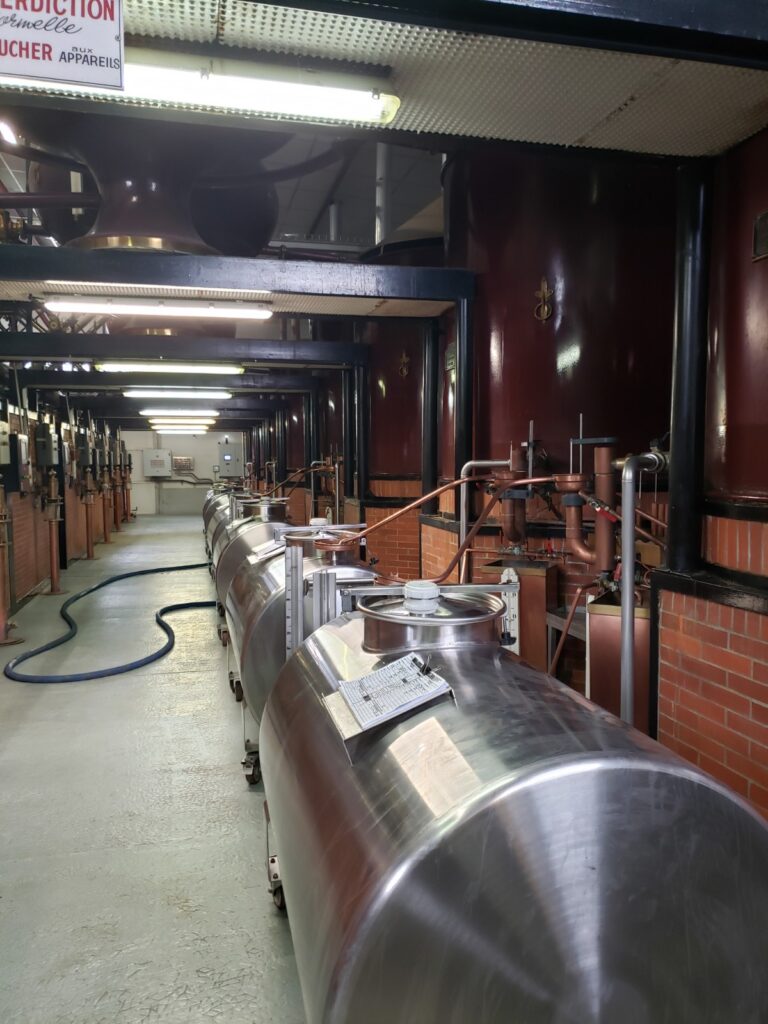
Something interesting about Camus is a technique they’ve developed for distillation. Once they begin to distill the second run, they pull out 20 liters of the heads, separated one liter at a time. Then, of those 20 one-liter samples, they find the one with the highest concentration of esters and add it back into the hearts after distillation has finished. Camus believes that this process creates a more aromatic Cognac and as of 2003 they have been using this process for all of their expressions across the board.



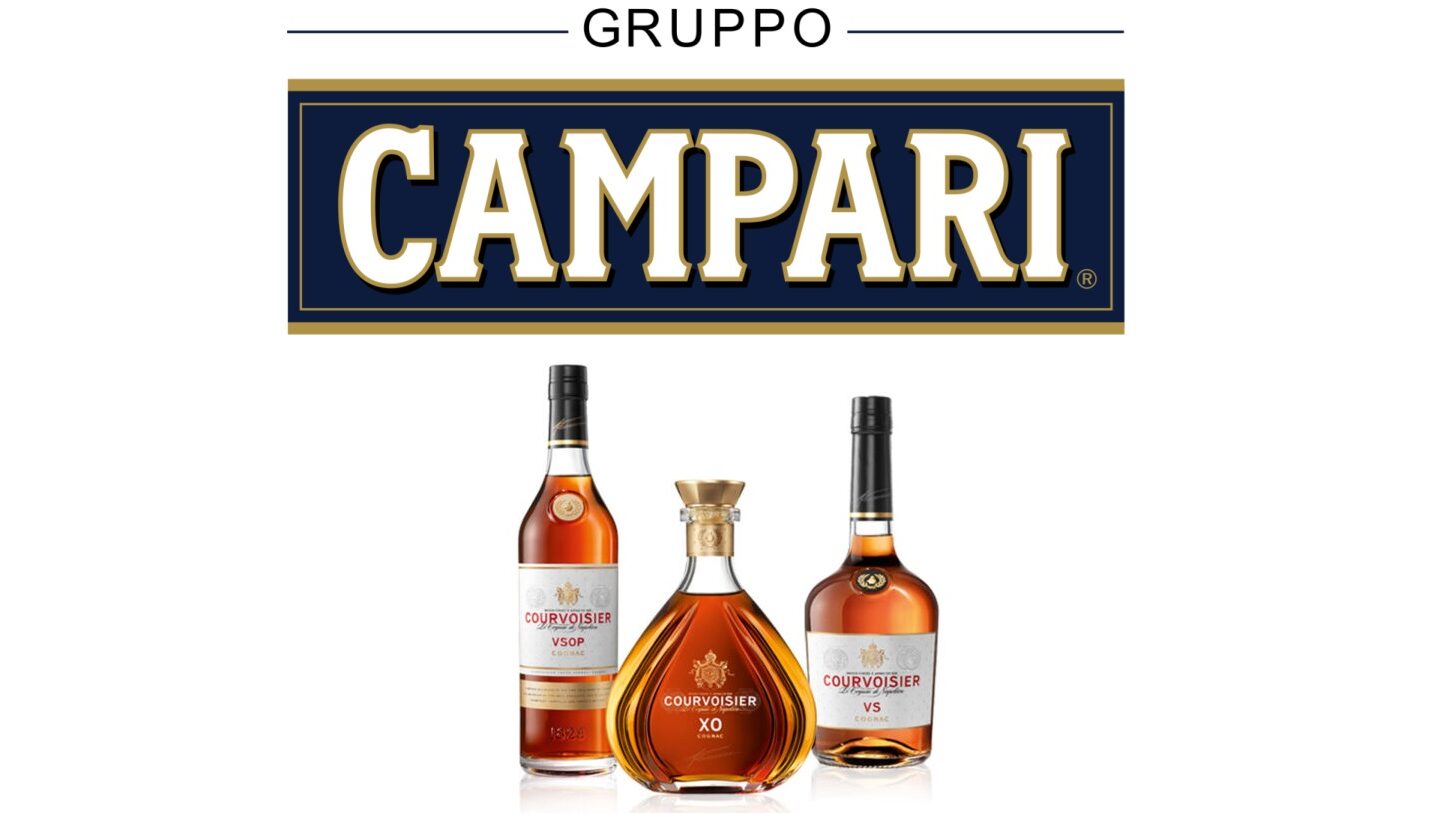
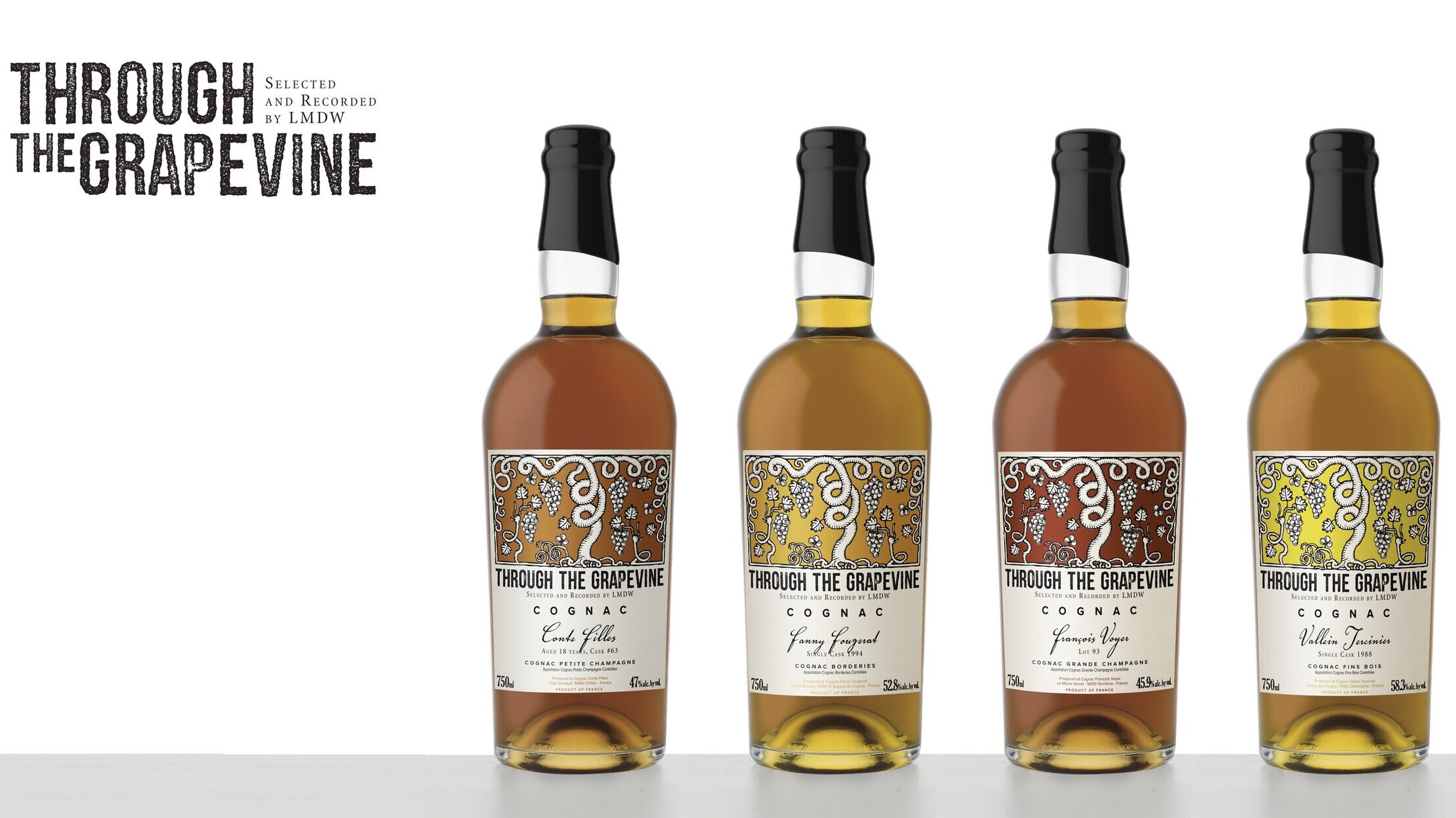
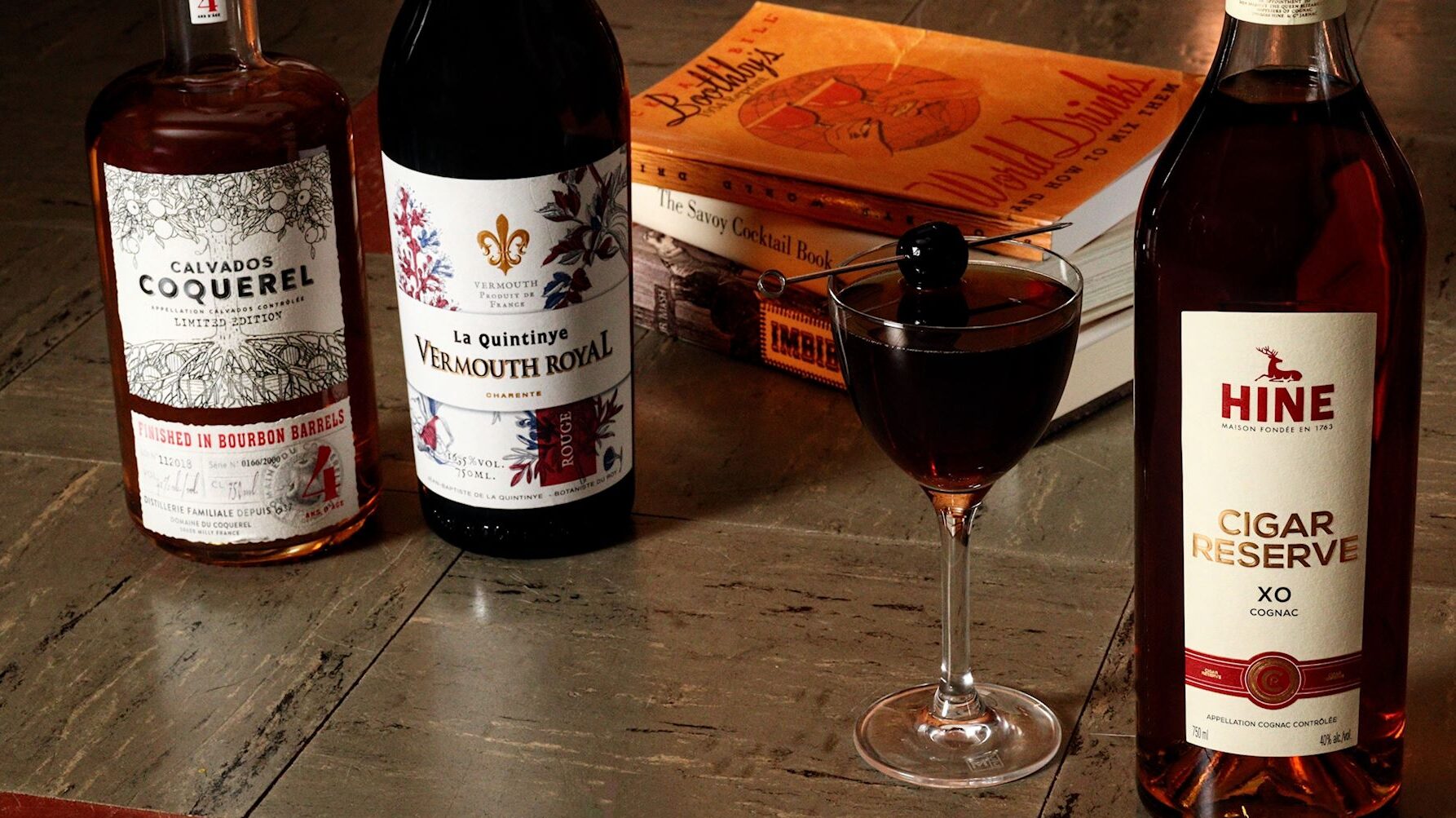
[…] Check out more information about Camus by clicking HERE. […]
[…] Check out more information about Camus by clicking HERE. […]